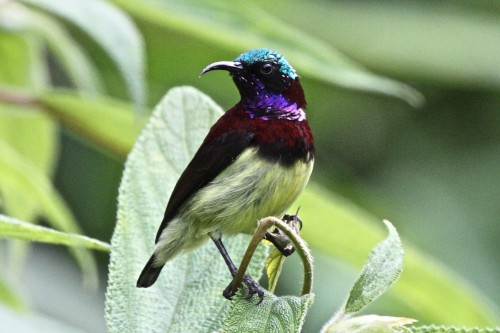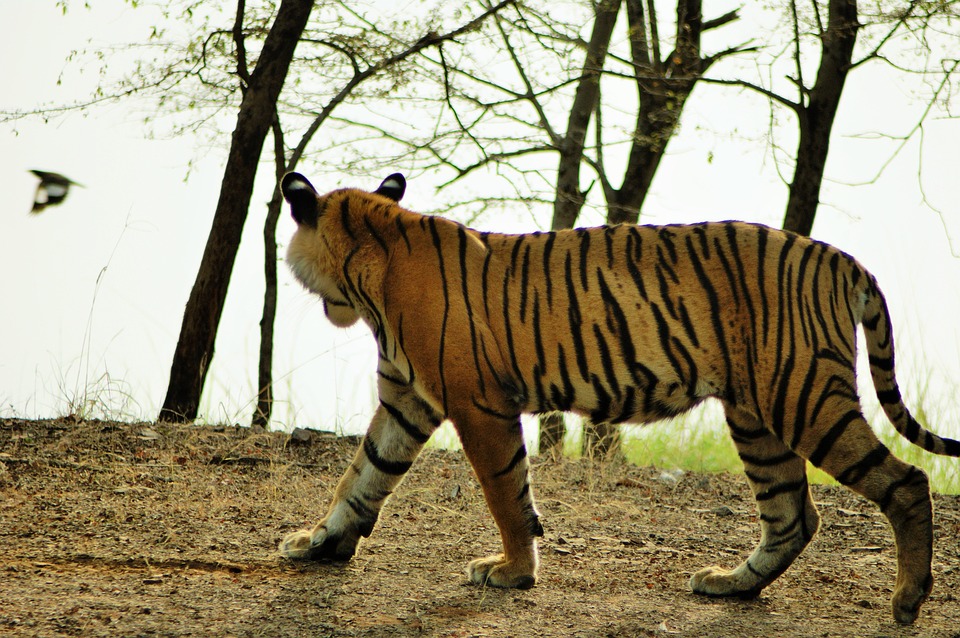Our friends in the wild are often in trouble because of poachers and threats to their habitats due to deforestation. There are many organizations which strive for their cause.
At times, the animals succumb to the vile schemes of poachers. However, there are many instances when the efforts of the NGOs have paid off and resulted in happy endings. One such incident was reported from Agra recently.

An Indian Eagle Owl was rescued from a poacher near Bodla market, Agra, and released into its natural habitat. It was rescued by volunteers of the wildlife conservation organization Wildlife SOS, who after careful observation, released the bird of prey back into the wild.
The bird was being exploited to dupe curious bystanders in the market area of Bodla market, Agra. A worried animal lover, alerted the Wildlife SOS Rapid Response Unit which led to the owl being rescued. The local police authorities were also notified but the handler escaped before any action could be taken.

A two-member team from Wildlife SOS arrived on the scene immediately. They identified the owl as an Indian Eagle Owl (Bubo bengalensis) also called the rock eagle-owl or Bengal eagle-owl. They are a protected species and are listed under Appendix II of the Convention on International Trade in Endangered Species of Wild Flora and Fauna (CITES), which regulates the international trade of wildlife species.
Geeta Seshamani, co-founder of Wildlife SOS said, “The Indian Eagle owl is one of five most traded owl species in the illegal wildlife market making it a target for poachers. They are coveted for their false feather ear tufts which are believed to have mystical properties. Such blind faith has led to exploitation of this unique wildlife species, thus threatening their very existence in the wild.”
“Such incidents confirm that wildlife trade goes on right under our noses in the country. In India, owls are poached for their body parts such as talons, skulls, bones, feathers and blood due to myths and superstitious beliefs tied to them. Hunting and trading of all Indian owl species is banned under the Wildlife Protection Act 1972,” stated Kartick Satyanarayan, Co-founder of Wildlife SOS and head of the organisation’s Anti-Poaching Unit, Forest Watch.
Baiju Raj M.V., Director of Conservation Projects at Wildlife SOS informed that this particular species inhabit wooded areas, ravines and forest patches and they mainly feeds on rodents, small birds and reptiles. They are quite elusive and bird watchers consider it very a lucky sighting to be able to spot this owl in the wild.
More Related Stories,
Image Of The Day: Indian Eagle Owl








